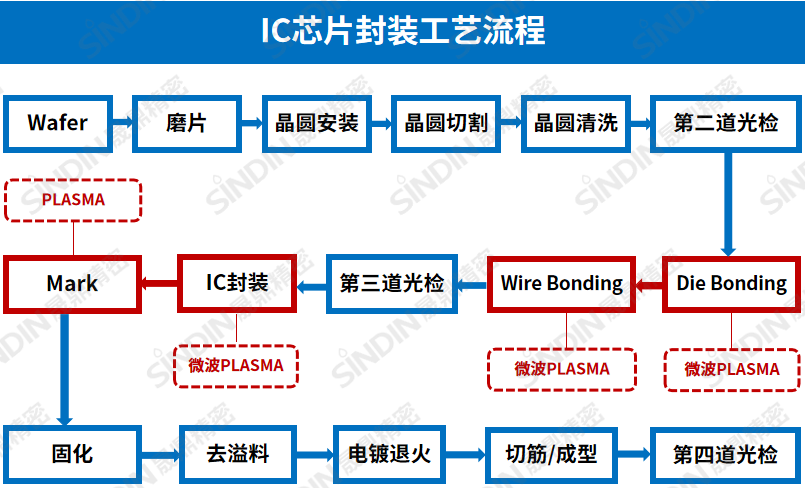The Past and Present of Chip Packaging
Chip packaging belongs to the later stage of the entire semiconductor industry chain. Packaging materials have evolved from metal packaging to ceramic packaging, and now to plastic packaging, which accounts for 95% of the market share. The purpose is consistent: to protect the chip, support the chip and its appearance, connect the electrodes of the chip with the external circuit, and improve thermal conductivity.
According to the connection method, it can be divided into PTH packaging and SMT packaging;
According to the packaging appearance, it is divided into: SOT, SOIC, TSSOP, QFN, QFP, BGA, CSP, etc.
The packaging forms of chips are constantly changing and developing, and the quality of packaging will directly affect the cost and performance of electronic products.
Advantages, disadvantages, and solutions of different packaging materials
Metal packaging: It has good airtightness and is not affected by the external environment, but it is expensive and has less flexibility in appearance. Now, the market share of metal packaging is decreasing;
Ceramic packaging: It has good heat dissipation, but ceramics need to be sintered and formed, which is costly. It is usually used in complex integrated circuits.
In ceramic packaging, metal paste printed circuit boards are usually used as the bonding and sealing areas. Before electroplating nickel and gold on the surface of these materials, microwave plasma cleaning can remove various types of organic pollutants and significantly improve the quality of the coating.
Plastic packaging: With simple process and low cost, it is usually used in integrated circuits with relatively simple structures and fewer CMOS chips.
Before plastic packaging, cleaning the devices with microwave PLASMA can increase their surface activity, reduce packaging gaps, and enhance their electrical performance.
How to meet the "basic requirements" of chip packaging
According to incomplete statistics, about 1/4 of device failures in chip packaging are related to pollutants on the material surface. Solving the pollutants such as microparticles and oxide layers that exist during the packaging process is one of the key to improving packaging quality.
How to solve pollutants during packaging process
The pollutants in the packaging process can be treated by ion cleaning machines, which mainly remove material surface pollution through physical bombardment or chemical reactions of active plasma on the material surface. However, due to technical factors such as processing temperature and plasma density, radio frequency plasma technology can no longer meet the technical requirements of advanced packaging. Therefore, it is more recommended to use microwave PLASMA cleaning technology~
The advantages of microwave PLASMA cleaning machines
Processing temperature below 45 ℃: To avoid thermal damage to the chip
Plasma not charged: no electrical damage to precision circuits
Application of Microwave PLASMA in IC Packaging

In the chip packaging process, the use of microwave PLASMA cleaning machines is recommended for processes such as chip bonding/eutectic, lead soldering, packaging, and marking. These processes do not damage precision devices and do not affect the performance of the previous process, helping to effectively improve the quality of chip packaging.


